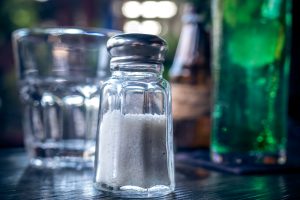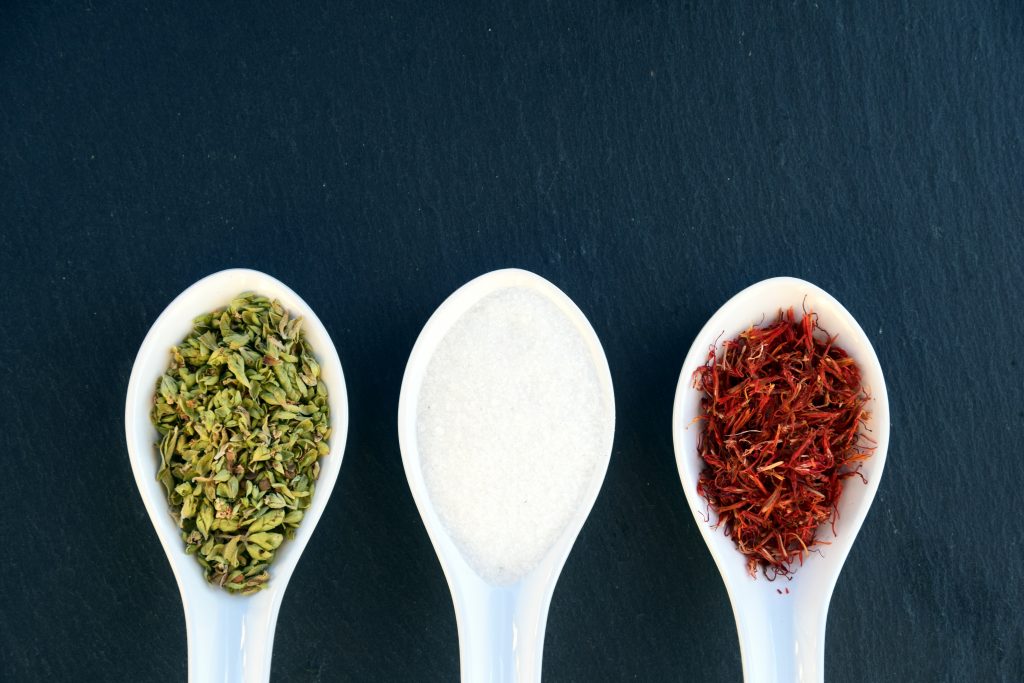Actually, I have just thrown away my table salt!
As I mentioned in a recent post, I have been devouring Samin Nozrat’s fabulous book, Salt, Fat, Acid, Heat: Mastering the Elements of Good Cooking
Samin is a world renown chef who started her life in Chez Panisse, in Berkley, U.S.A.
Over the past years, she has managed to articulate and structure her philosophy of cooking, and she has boiled it down to 4 key elements; salt, fat, acid and heat.
This wonderful book explains all you need to know about these elements and how they affect your food, and your cooking. It is a delightful journey into the often hidden mind of the professional chef, looking at what decisions they make and why, based on intuition and science. I love the science bit; actually understanding why certain food combinations work due to chemical reactions – well yes, I am a bit geeky like that. But Samin narrates in such a simple and interesting way, that she makes the information accessible to anyone and everyone.
Half the book explains the 4 elements, and then the second half shows their application via numerous recipes. A great way to teach.
The importance of learning to cook
For me, learning to cook better is becoming a key part of my move towards adopting a healthy lifestyle. To move away from pre-cooked meals, both my wife and I are having to up our game in the kitchen, especially having to convince our 10 year-old daughter to follow.
As an amateur yet aspiring cook, this is a book that is starting to help me understand cooking, rather than just supplying recipes. It is full of ‘aha!’ moments. To know ‘why’ not just ‘what’ and ‘how’.
Ultimately, it aims to give you confidence to move away from recipes and cook with what you know.
I also like the notion of illustrations being drawn rather than photos. As Samin says, presenting photos of dishes can sometimes come across as ‘perfection’ – this is what yours should look like too. This is not what she wants. Such an approach to teaching often leads to disappointment, as the student’s dish may not look the same. Instead she wants to guide and inspire creativity. What a great teacher!
The wrong salt

So, in the book, I have been reading all about salt, the different kinds – and it turns out table salt is the worst kind and you’d probably be better off throwing that away and starting over with some fine sea salt. So I did!
Of course, I had an immediate dilemma too. Surely all this salt, which is after all what makes so much cooking so flavourful, is bad for us. “Too much salt can raise your blood pressure, which puts you at increased risk of health problems such as heart disease and stroke” The National Health Service – NHS in the UK says.
The UK government guidelines on salt consumption are 6 grams/day, that’s about one teaspoon a day.
Does this mean I need to give up my love of cooking and throw the baby out with the salt water :-)?

